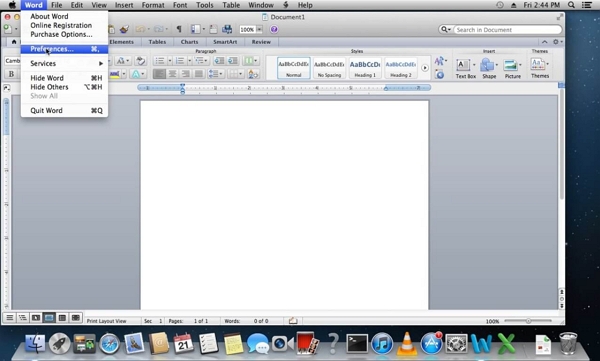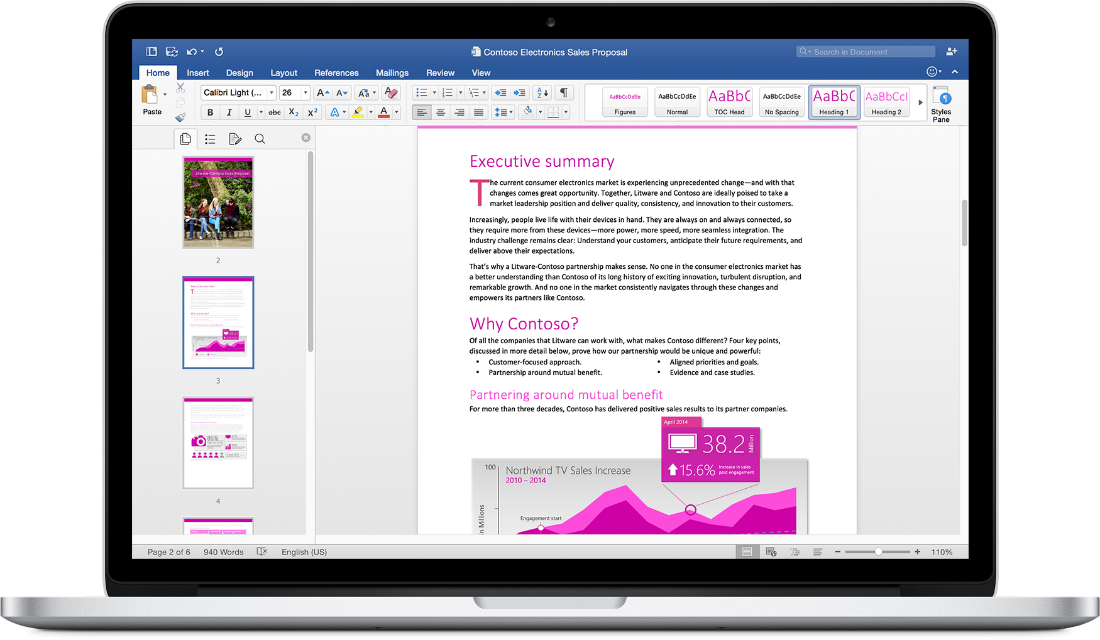User Privileges In Microsoft Word On Mac
Microsoft Word is one of the most used read and writes a document which is continuously growing each day with some new improvements and improved accessibility. But many of you face a problem where you are unable to access a word file; Error like: “Word Cannot Open the Document: User Does Not Have Access Privileges”.
Postgresql Role

2018-9-28 You can help protect yourself from scammers by verifying that the contact is a Microsoft Agent or Microsoft Employee and that the phone number is an official Microsoft global customer service number. Word / Mac / Office 2016 for Mac. User does not have access privileges' 'user does not have access privileges' when opening Word documents. Jul 30, 2018 Fix: Word Cannot Open the Document: User Does Not Have Access Privileges. If the issue is with your Computer or a Laptop you should try using Reimage Plus which can scan the repositories and replace corrupt and missing files. This works in most cases, where the issue is originated due to a system corruption.
The error basically states that you do not have enough privileges to view the content. This error can pop up when you try to transfer files from one computer to another computer or when you try to update Word client, or when your password protects the files. Once that happens, is there any way to resolve Word denies opening document? Actually yes there is.
This post explains the major methods to fix this error: Word Cannot Open the Document: User Does Not Have Access Privileges.
Let’s have a look!
- Change Deny Permissions
- Remove Properties and Personal Information
- Copy Document to Another Location
- Force Word to Recover Your Document
- Check Anti-Virus Software
Method #1. Change Word file Permissions
The error message generally appears if your document has been saved with certain permissions. When you are trying to open a word file that requires specific user permission then this popup which means you must be an authorized user to access the file with some permissions. Consequently, you are suggested to change the word file permissions, follow the steps explained below:
- Right click on Word file which is giving the error popup message, choose “Properties”.
- It will bring you to a properties window, select Security tab> Click on Advanced (You can also click of edit)button.
- From the next window Click on Add button.
- Click on Select a principal.
- Click on Advanced button and find the permissions.
- Select Authenticated Users and Ok.
- Click on OK again to finalize the selection in the current windows.
- Now check the Full Control option,> Ok.
- Apply and Ok to apply permission on the Word file.
Method #2. Remove Properties and Personal Information
Many of the users get a great help while removing the properties and personal information and you are able to access the document easily. So you might as well attempt it as the following process is:
1. In the word file “Properties”> select the Detail tab
2. In the Detail section click on “Remove Properties and Personal Information“.
3. Now check the “Create a copy with all possible properties removed” option in the new window.
4. Click on the “OK” button and finally launch your Word document.
Method #3. Copy the Word Document to another Location
In many situations, a Word cannot open the document on one hard drive, but when moved to another hard drive, it could be opened with an access denied error or other issues. Just right-click on the file, Copy & paste it on to another hard drive at some new location. At last, check out if this solution is working for you.
Method #4. Force Word file to Recover Your Document
Among almost every error in Microsoft Office Word documents, you are also suggested to try “Open and Repair” feature of the document to repair the corruption of selected Word Document (show up error; “Word Cannot Open the Document: User Does Not Have Access Privileges”). Restart it again and to see if you able to access the document again.
Method #5. Check Anti-Virus Software
There are many Anti-viruses which have a feature to automatically protect folders and causes the access problems like on word error on which we are discussing. Every antivirus program has a different method to protect or unprotect a folder or tends to automatically add to the protected list. In your particular antivirus application do check that your document is not protected, restart the computer and accessing the document again.
Make sure that the folder isn’t protected, restart your computer and try accessing the document again.
You may also read to read: Retrieve Deleted Word file for Free

Extra Tips: Word Cannot Open the Document: Password Protected
Sometimes you are not able to access the word document file as it secured by password and you forget the password. In such cases, you need to recover the lost password? For this, you are suggested by a professional VBA Password Recovery tool by SysInfoTools. The software provides you a feature to retrieve Word password successfully and get the access to the word file with the password. No matter what Microsoft you are using the software can successfully recover password from Excel spreadsheet, PowerPoint presentation, Access database.
Final Words
So that’s all about the solution to how to fix “Word cannot open the document: user does not have access privileges” error. Does it help for you? Do comment for any query. Thanks for reading.
Related articles:
Before you can share your Mac with other users or share files over a network, you need to tell your Mac who is allowed to do what.
Microsoft Word On Mac Free
Macintosh file sharing (and indeed, Mac OS X as well) is based on the concept of users. Shared items — drives or folders — can be shared with no users, one user, or many users, depending on your needs.
- Users: People who share folders and drives (or your Mac) are users. A user’s access to items on your local hard drive is entirely at your discretion. You can configure your Mac so that only you can access its folders and drives or so that only one other person (or everyone) can share its folders and drives.
- When you first set up your Mac, you created your first user. This user automatically has administrative powers, such as adding more users, changing preferences, and having the clearance to see all folders on the hard drive.
- For all intents and purposes, a remote user and a local user are the same. In other words, after you create an account for a user, that user can log on to this Mac while sitting in your chair in your office or log on to this Mac from a remote location via AppleTalk/Ethernet or the Internet.
- Administrative users: Although a complete discussion of the special privileges that a user with administrator privileges has on a Mac running Mac OS X is far beyond the scope of this article, note two important things:
• The first user created (usually when you install Mac OS X for the first time) is automatically granted administrator (admin) powers.
• Only an administrator can create new users, delete some (but not all) files from folders that aren’t in his or her Home folder, lock and unlock System Preference panes, and a bunch of other stuff. If you try something and it doesn’t work, make sure that you’re logged in as a user with admin privileges.
- You can give any user administrator privileges by selecting that user’s account, clicking the Edit User button, and then selecting the Allow User to Administer This Machine check box in the sheet that drops down. You’ll find this check box when you create a new user or edit an existing user in the Accounts System Preference pane.
- Groups: Groups are UNIX-level designations for privilege consolidation. For example, there are groups named “staff” and “wheel” (as well as a bunch of others). Your main account is, for example, is in the wheel group.
- If you’re wondering whether you can create
your own
User Privileges In Microsoft Word On Mac Windows 10
- groups, as you could under Mac OS 9 and earlier Mac operating systems, the answer is, well, yes and no. If you want to delve into the intricacies of the NetInfo Manager application to do it yourself, then “Yes;” but if you don’t, then the answer is “No, please don’t.” UNIX-related tasks such as this are far beyond the scope of this article. Very far beyond. . . .
Mysql Flush Priv
- Guests: Those who access public folders on your Mac via file sharing are guests. They don’t need a username or password. If they’re on your network, they can see and use your public folder(s). If they’re on the Internet and know your IP address, they can see and use your Public folder(s). Public folders are all that guests can access, luckily.